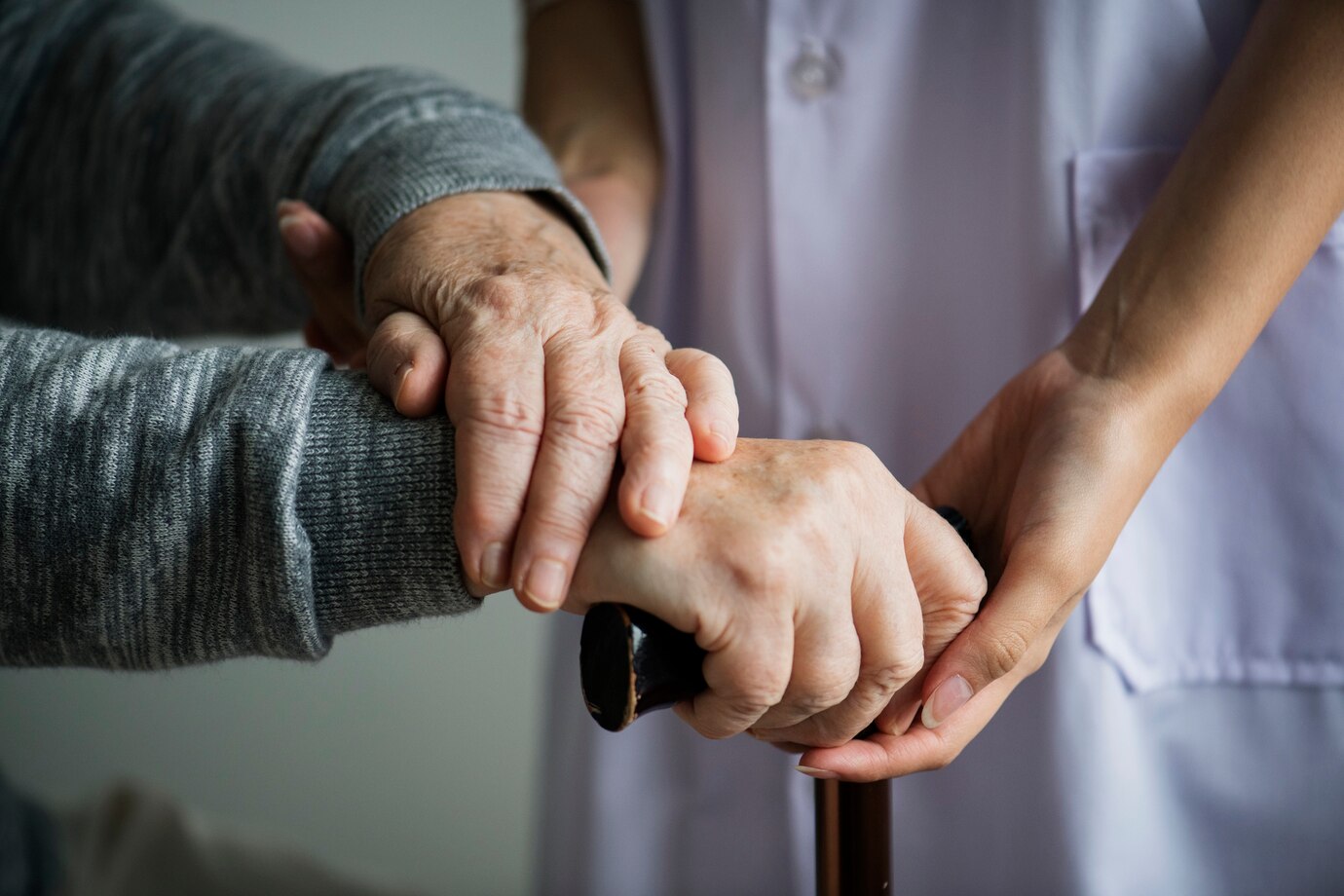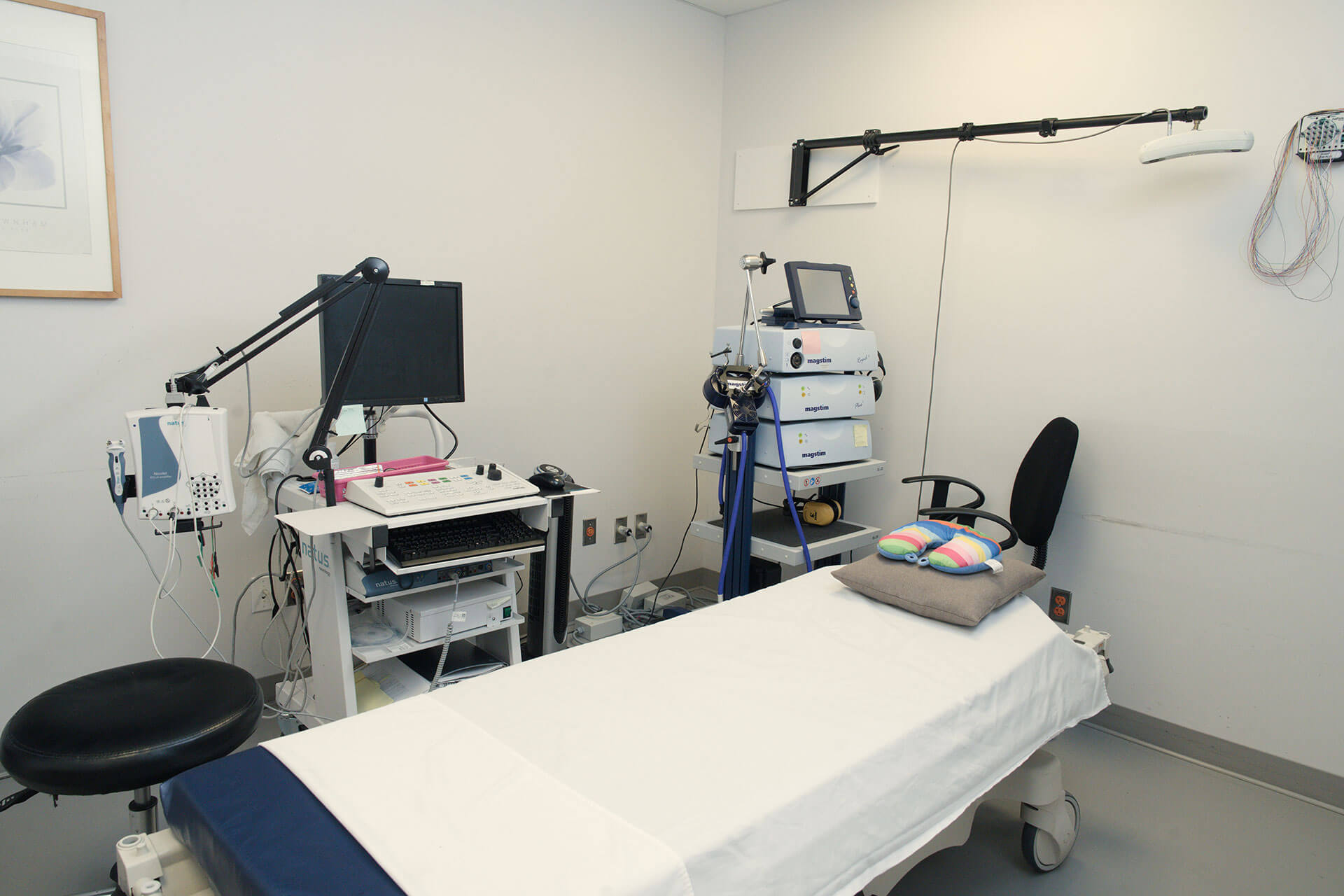La SMTr est une technique non invasive qui utilise des impulsions magnétiques ciblées pour moduler l’activité cérébrale. Les études (voir les publications) suggèrent qu’elle pourrait aider à atténuer certains symptômes, tels que :
Bien que prometteuse, la SMTr demeure un traitement expérimental pour la maladie de Parkinson et n’est pas actuellement couverte par les régimes publics d’assurance maladie (RAMQ/OHIP).


